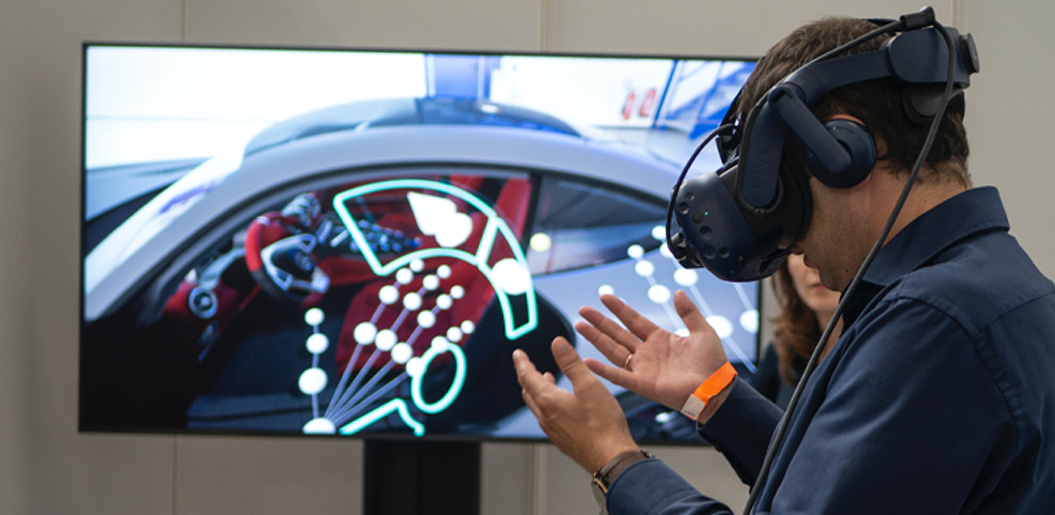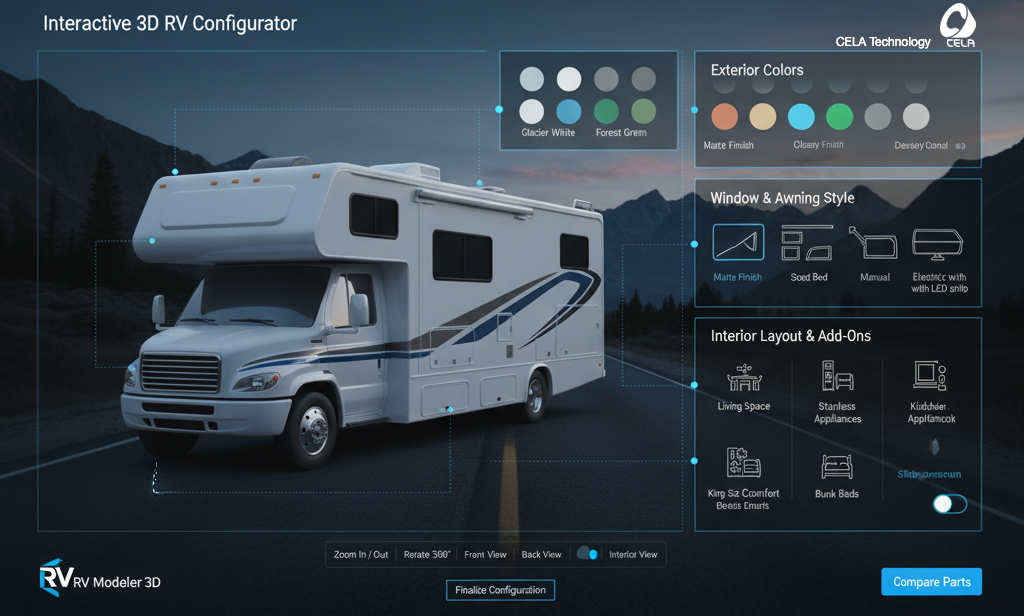Spatial computing and emerging possibilities
By: Wesley Obi | Jun 28, 2021
In today’s world, digital technology has long become a buzzword. Time after time, we have been assailed with fresh perspectives on how we create and engage, which have helped drive innovation and improve performance across several human endeavours fields.
The possibilities are both scary and thrilling.
Please look at the years ahead; they have all been marked with predictions and projections of how digital technology will further disrupt and transform our lives. Of course, some of these innovative experiences have been here with us in the last couple of years. Still, these technologies are now more and more integrated into our lives, drawing us into more immersive experiences than we have ever known.
In this blog post, let us put on our ‘3D glasses’ and set our sight on what lies ahead of the bursting digital revolution. AR, VR, MR, GPS, and IoT bring new dimensions to digital transformation, but an umbrella term has emerged. It brings everything together and extends human-computer interaction to whole new frontiers. This should not escape our attention any further.
So, let us talk about spatial computing!
An excellent way to start is to ask what it means while placing it where it truly belongs in the whole talk about digital transformation.
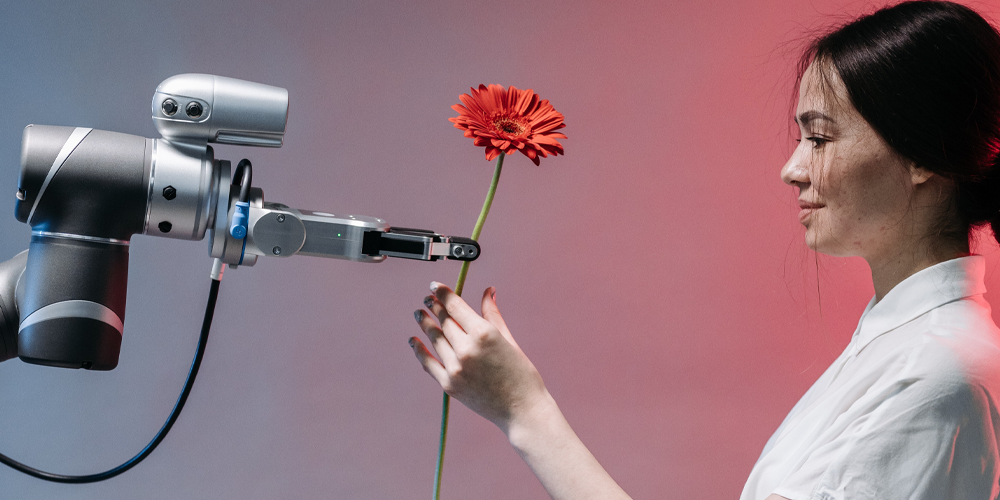
What is spatial computing?
Simon Greenwold would be the first person to ask. He is at the centre of spatial computing with his definition of the term in 2003 “as human interaction with a machine in which the machine retains and manipulates referents to real objects and spaces.” (Wikipedia, 2021)
Put differently, spatial computing is a human-machine interaction system in a 3-dimensional world with augmented reality, virtual reality, mixed reality, artificial intelligence, and other innovative technologies. They connect humans, computers, objects, and objects to the environment and virtually anything else that can be imagined.
In an automated car factory, human-machine, machine-machine interactions have enhanced operations and productivity. We see machines act and work like they are human. The entire buzz about driverless cars, healthcare bots, and ride-sharing digital technologies are examples of spatial computing. With this, computing is shifting from 2D to 3D to understand space and the connections they have with humans and objects.
The driving force behind spatial computing
We mentioned earlier that spatial computing is a combination of other digital innovations. So, let’s take a little peep into some of these innovations driving spatial computing to new heights.
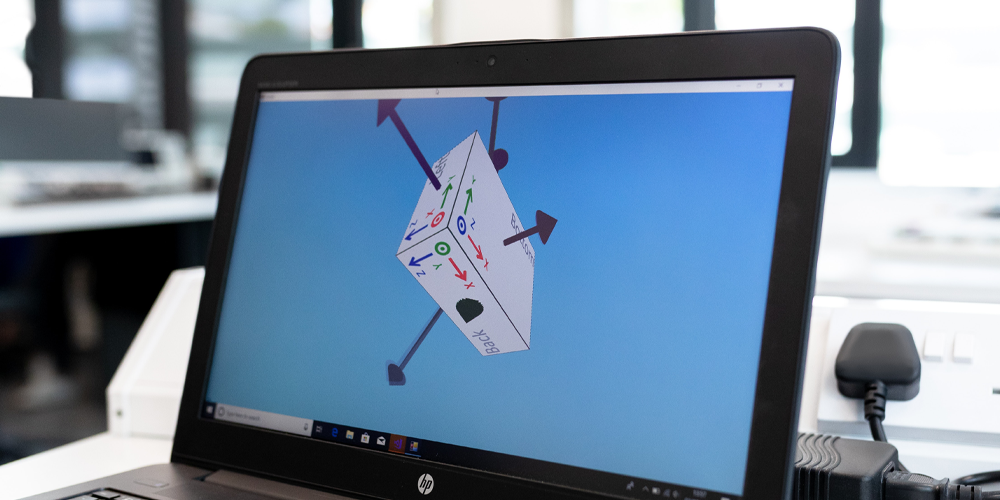
The Internet of Things – IoT:
This is simply about connecting objects, ‘things, ’ and devices to the Internet. First, let’s clarify: long before now, we never imagined that such ‘things’ would be digitally connected with other devices. But now such objects are connected, and this has given rise to the Internet of Things (IoT). These devices like wristwatches, table lamps, cell phones, clocks, and more are fitted with sensors, software, chips, which enable them to be linked with other devices, transmitting and receiving data in the process. Thus, through the Internet of things, wearables, nearables, and more enable our world, pushing us to greater possibilities.

Artificial Intelligence (AI):
When machines – and we have seen lots of them – are built and digitally enabled to think and work like humans – that is AI at work. As a subset of AI, machine learning is the idea that machines could be fitted with learning and deploying human intelligence. Many things are evolving in the digital space, and big data is playing a leading role in how today is connected to tomorrow, helping entities achieve higher levels of efficiency.
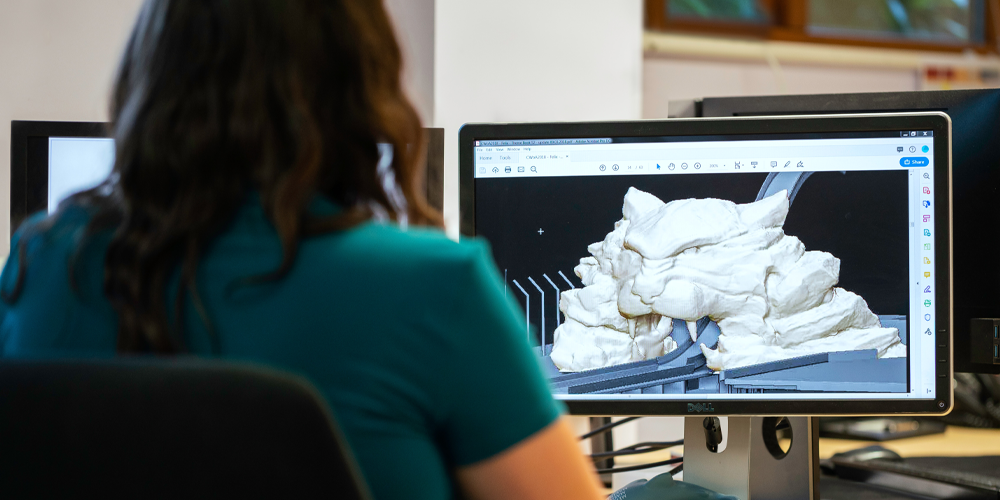
AR, VR, MR:
The role of these technologies can never be overemphasized, especially in conversations on spatial computing. In a combination of ways, these innovations blend digital and real-world environment to create immersive experiences that improve performance in many areas of human activities: in e-commerce, healthcare, business, education etc.

Global Positioning System (GPS):
As the name implies, GPS is a space-based navigation system that tells where one is on planet earth, providing location, speed, time and synchronization. From transportation to military needs, GPS is one of the technologies changing and advancing systems in society. This technology is very central to how spatial computing is redirecting the way we move into the future.
How much of our world is already connected with spatial computing?
Name it: in education, architecture, research and training, advertising, e-commerce – these are just some of the sectors that are already deploying spatial computing to astronomical successes. Let’s look at three of them.
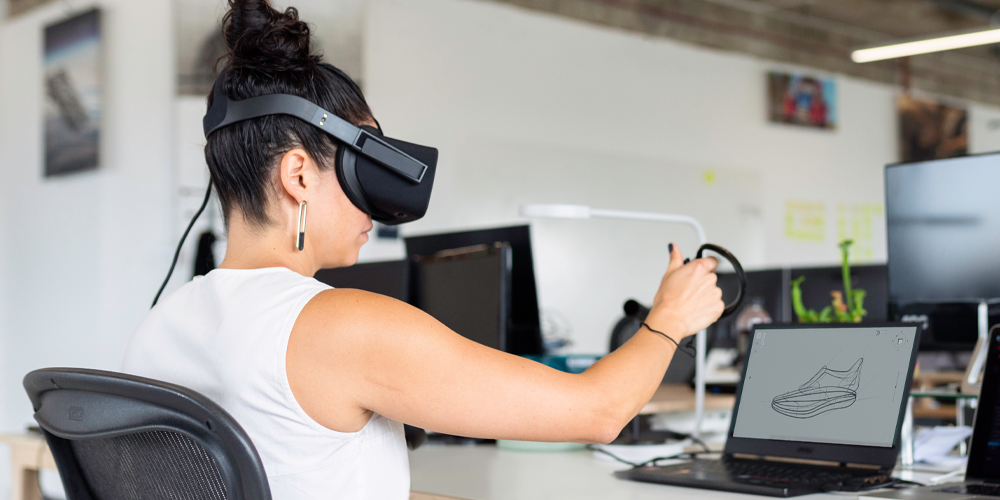
Advertising and marketing:
As part of their branding activities, businesses are now using AR, VR, 3D visualization and others to enhance user experience with a frictionless consumer journey that leads to conversion. In addition, the popularity of mobile phones means that consumers can be geo-targeted for more effective advertising campaigns. Every consumer occupies space, and with the aid of GPS, spatial computing is helping brand owners to track their consumers.

Training and development:
In a world where businesses are growing in size and spread, it is increasingly difficult to gather global team members in one location. Spatial computing is bridging this gap. For example, when a company makes a new product, and there is the need to demonstrate the product to a cross-section of its personnel across the globe, all that needs to be done is to render the new product in 3D. With this, product familiarization can be achieved through innovative interaction and engagement.

E-commerce:
Closely linked to advertising is e-commerce. Consumers are now asking for more with mobile devices in their hands, on their laps, over their eyes and ears – they are practically in the faces of brands. Through web browsers and mobile apps, brands are using AR/VR to create experiences that make buying decisions easy and the buying process frictionless. Consumers enjoy try-before-you-buy opportunities, and this has created a multiplier effect on production output to meet increasing demands. Spatial computing is bestriding this space.

Is spatial computing reshaping the world at a huge cost?
The answer depends on whom you ask. The growth of spatial computing will widen the digital divide and create a more competitive landscape that may be too capital intensive for small and medium scale businesses to adapt, especially in the third world. This is why use case scenarios are often drawn from big global brands that can offset the enormous cost. But then again, the impact of spatial computing cannot be underestimated. It is not a sprint, and brands continue to adopt what they can with many benefits in the long run. In healthcare, security, education, and e-commerce, spatial computing is taking the world apart and putting it back together. You snooze; you lose.
Spatial computing is much like a hurricane whose effect is hugely felt even when it is yet to make landfall. At different times in different contexts, AR, VR, and IoT have come up in formal and informal conversations as spatial computing technologies that redefine and recreate our realities. Spatial computing has come to say: “hold my beer!”
Final thoughts and what we are doing at CELA:
The Internet world is forever falling through the digital space without ever hitting the ground. Innovation after innovation means that there is no end in sight for the disruption changing the way we live and how we work.
At CELA Technology, we believe in the power of technology to transform and enhance user experience. Therefore, we are working round the clock to develop web-based technologies that support brands with augmented reality, and 3D visualization for a frictionless, contactless experience for their customers.
Have you experienced the CELA product showroom? There is no better time than now.
Use CELA Technology today!
Provide your shoppers an online shopping experience that just feels like in-store with Augmented Reality and 3D interactions
Contact UsRecent Posts
Dec 17, 2025
Shopify’s Leap into 3D & Interactiv...
Shopify’s Winter 2026 Editions mark a major shift toward 3D, interactive, and spatial commerce—resha...
Sep 21, 2025
How to Boost User Engagement Time a...
Increase your website's engagement time from seconds to minutes. Learn how a 3D configurator from CE...
Aug 28, 2025
How to increase online sales for cu...
Are you tired of racing to the bottom on price? Your unique, high-quality customizable products offe...
